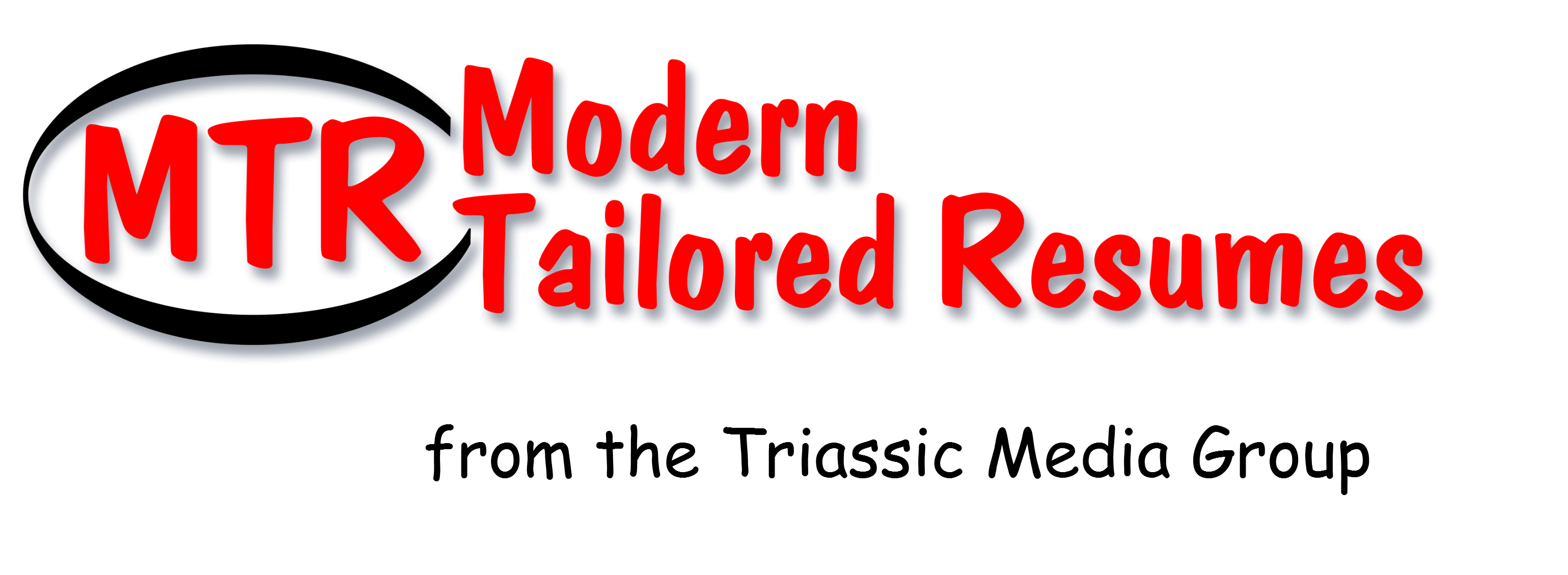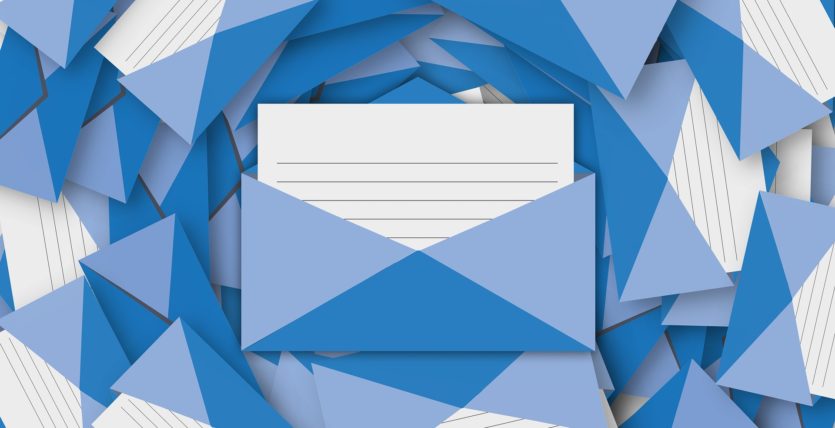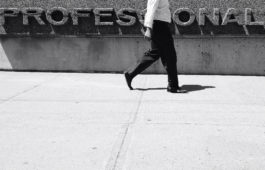Updating Your Cover Letter
Updating your resume is important, but it is not the only document that you will send to employers if you’re serious about getting a new job. Updating your cover letter is just as important. It is your chance to make the best first impression on potential employers and should be taken just as seriously as your resume. Many people do not understand the process of updating your cover letter, or what the cover letter is supposed to be. Here’s what you need to know about updating your cover letter.
What Your Cover Letter is Not
Updating your cover letter begins with the understanding of what your cover letter should be. Many people get this part wrong which messes up the rest of the process. Your cover letter is not a detailed summary of your resume, another version of your resume, or a place to put all the details of your work history and expected considerations from your new employer. Not realizing this, many people update their cover letters to include too much information, unnecessary information, and information that scares employers away. It is important for you to understand what it is before updating your cover letter.
What Your Cover Letter Should Be
Your cover letter is your first impression with a potential employer. It is (literally) the first document that they see that represents you. Your cover letter is the tool that you use to sell yourself in the first 30 seconds of meeting someone, like your elevator pitch, except it is on paper. When updating your cover letter, it must be written in a way that entices the reader to continue researching you. There are several areas where people often make mistakes when updating their resumes. Your resume must pass the test in each of these areas.
The Formatting Should Match Your Resume
Your cover letter should look like it belongs with your resume. Usually, they are delivered together. A similar look between all of your documents creates a personal brand which helps the employer feel comfortable with and remember you. Structurally, your cover letter and resume won’t match. The cover letter should be formatted like a letter with the proper heading and structures throughout. Your resume will not have that format. However, you can share similar aspects like fonts, colors, and spacing elements.
Your cover letter should have the same heading as your resume. This comes at the very top of the cover letter, even before the address block. This helps them look similar without making major format changes. Spacing is another concern that must be addressed. Professionally written letters are designed so that the information is properly visible when folded. Make sure that you format yours so that you can fold it for use in windowed envelopes without compromising what you’ve written.
Updating Your Cover Letter with Highlights
The content in your cover letter is not a complete summary of your resume. There is not enough space for that and trying to include all of that information makes it difficult to read. When updating your resume, use three to five key pieces of information to grab the reader’s attention and highlight your achievements and skills. This will ensure that you have the space needed for all of it as well as the required formatting components.
Your cover letter should be three paragraphs. The first paragraph begins with a greeting and provides a very brief introduction of yourself. This is done a personal level, not focusing on work experience yet. You want to tell the reader who you are, that you’re interested in the position, and provide details to show that you know more about the position. Many hiring managers toss resumes and cover letters that feel generic to the point where you don’t provide any specific information about the job you’re applying for. You need to show him/her that you know what you are talking about.
The second paragraph focuses on your qualifications. Explain why you think you are qualified for the job. This is where you will use most of your highlights to grab the reader’s attention. Briefly provide more detail about your qualifications and previous experience using examples that you know will entice the reader to keep reading. Make sure that it is brief, as this is where most cover letters become long winded. The goal is not to fully explain, but to generate interest and provide enough detail for the reader to think that you may be a good fit for the job.
When updating your cover letter, the third paragraph must focus on why you’re a good fit for the job and a call-to-action for more communication. This is where you will explicitly state the reasons that you feel that you are a good fit for the job other than your qualifications. Doing some research about the company makes this process easier, as you can include information about the company that most people don’t include. Focus on things that you think people that work there would appreciate. Then, tell the reader how he/she can find out more about you. This is a good place to reiterate contact information or include an invite to look through your attached resume for more information. If you don’t ask for it, you may never get it. So, go ahead and ask for more consideration in the job search process. Don’t forget to wrap up your cover letter properly, and leave space to sign your name at the bottom.
Updating your cover letter can be a complicated process if you don’t understand what it is supposed to be. Nevertheless, it is an important part of your job search process. If you need help updating your cover letter, look here for more assistance.










Alejandro
Hi admin ! I read your articles everyday and i must say you
have high quality posts here.
Jannette
I must say you have high quality posts here.